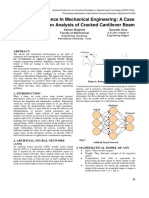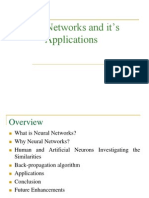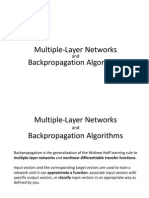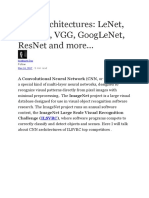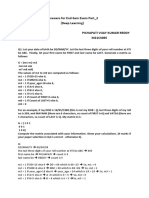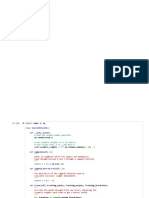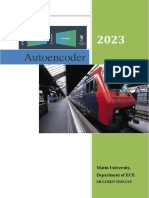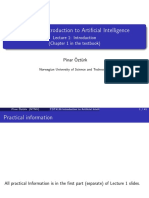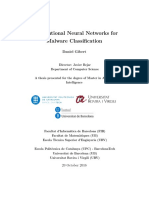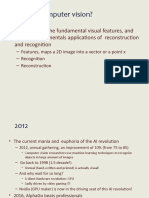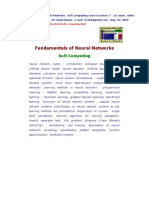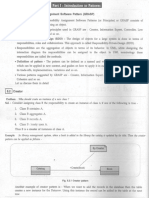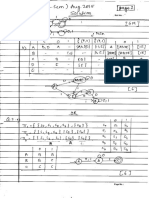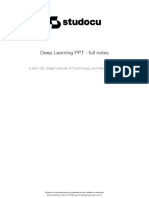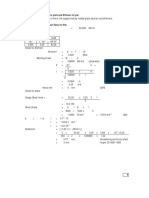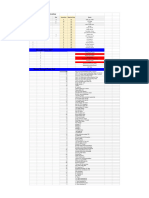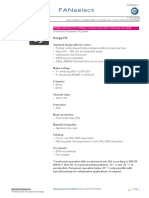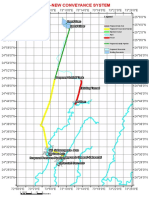0% found this document useful (0 votes)
159 views75 pagesDeep Learning for CS Students
Deep learning is a method in artificial intelligence (AI) that teaches computers to process data in a way that is inspired by the human brain.
Uploaded by
NALE SVPMEnggCopyright
© © All Rights Reserved
We take content rights seriously. If you suspect this is your content, claim it here.
Available Formats
Download as PDF, TXT or read online on Scribd
0% found this document useful (0 votes)
159 views75 pagesDeep Learning for CS Students
Deep learning is a method in artificial intelligence (AI) that teaches computers to process data in a way that is inspired by the human brain.
Uploaded by
NALE SVPMEnggCopyright
© © All Rights Reserved
We take content rights seriously. If you suspect this is your content, claim it here.
Available Formats
Download as PDF, TXT or read online on Scribd
/ 75
